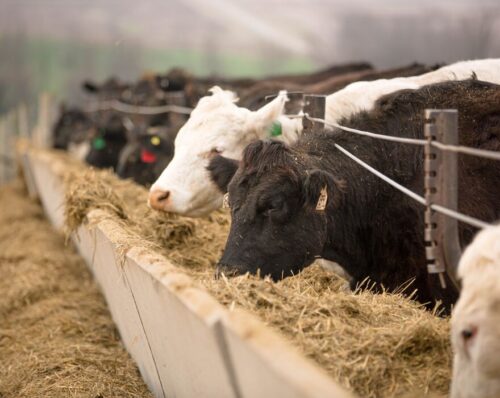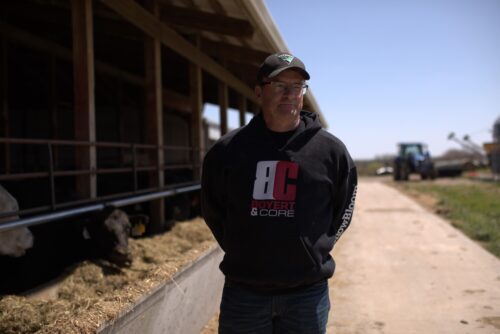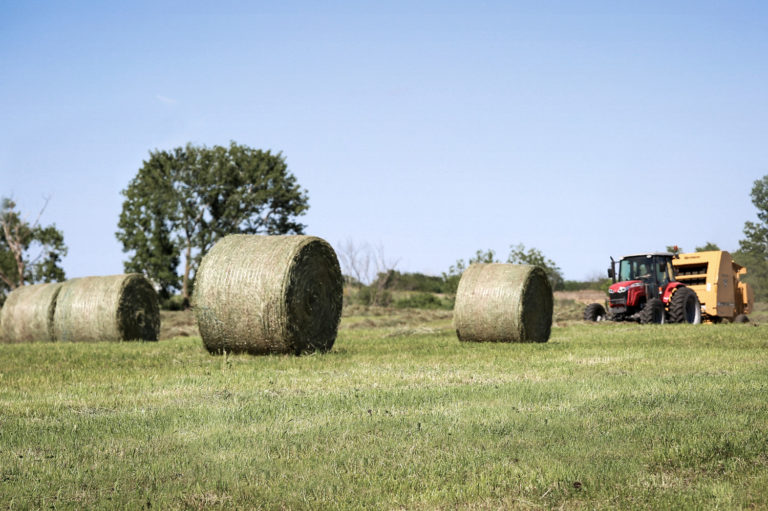
Hay Market Outlook
March 2019
TRADE DISPUTES, DAIRY SECTOR HEALTH RISE AS FORAGE MARKET FACTORS IN 2019.
Variable regional supply, demand remain major price factors for producers, experts say.
Hay market prices are highly regional and depend greatly on local supply and demand, as well as the performance of the markets of which hay and forage is a component. For example, the performance of the alfalfa market across the nation is closely tied to that of the dairy market. And, the latter has been hurting badly over the last few years.
The dairy sector just wrapped up what many market-watchers say was the worst year in modern history. Hundreds of farms have shuttered around the nation, especially in dairy-rich states like Wisconsin and California. The dairy market may have found its bottom and its ability to begin trending higher will help stoke domestic alfalfa demand, and though it’s not the only variable in play, that action has the hay market’s attention heading into 2019.
Though alfalfa market prices, like other sectors of the forage market, are largely established by local supply and demand, there are macro-level global and domestic factors for producers to watch to get a feel for the general tenor of the alfalfa market through 2019, according to Seth Hoyt, hay market expert and publisher of the Hoyt Report.
“It is years like this that made me stop trying to predict where hay prices will go in the future,” said Hoyt, a longtime alfalfa market expert based in Twin Falls, Idaho. “If alfalfa hay prices, except retail, are going to hold where they are or get better I believe two things have to happen: milk prices must increase to levels where dairies are making a profit and tariffs are lifted on alfalfa hay shipments to China.”
“Won’t be long until many cattlemen will start to calve and feed resources will begin to get used,” according to a recent USDA Agricultural Marketing Service hay market summary report. “At that time, it will be interesting to see if there is an upward tick to the ‘cow hay’ market.”
General forage market trends
In general, hay prices ranged widely in the first months of 2019, as they typically do across different hay types and quality ratings. Hay for feed, namely alfalfa, is priced in a range based on its relative feed value (RFV), which is typically around $1 to $1.15 per RFV point. As a result, the highest levels of alfalfa in large round bales usually fetches around $200 per ton. On the opposite end of the spectrum, hay like wheat straw, sudangrass and wheat straw typically sold for around $55 to $75 per ton in the early part of 2019. See all the latest hay market prices from around the nation here.
All-in-all, USDA projected major declines in domestic hay production in 2018 (36 percent overall), especially in areas where low-cost corn continues to compete as a beef and dairy feed source. The corn market will likely continue to exert pressure on hay prices in those areas in the coming year, even if hay production continues to fall in 2019, according to South Dakota State University Extension Agriculture and Natural Resources Program Director and Professor Alvaro Garcia.
Expected declines in production fundamentally mean higher prices. But, there are also fundamental shifts in hay use and demand based on seasonality. For example, some lower-quality hay classes typically used by cattle producers during calving see higher prices during the winter months, according to a recent USDA-AMS hay market report for the state of Nebraska.
Major factors: dairy health and trade
Though alfalfa hay is just one sector of the overall forage marketplace, alfalfa pricing is in many cases the basis for prices in other market sectors. And, alfalfa is facing multiple factors influencing prices in 2019.
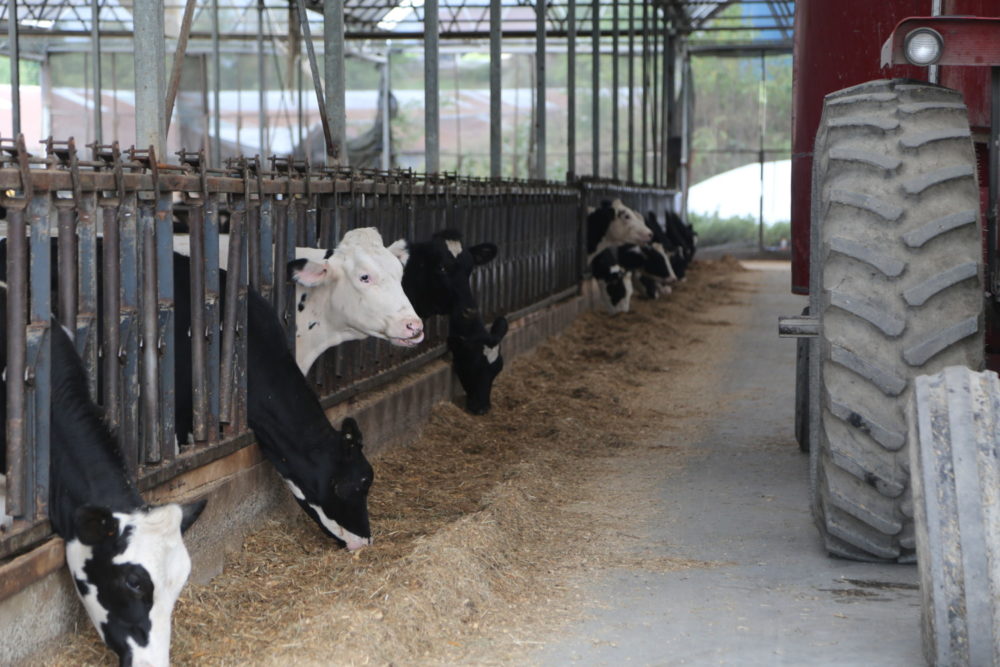
“With strong export demand the alfalfa hay market was cruising along without much problem until July when China instituted tariffs on imports of alfalfa hay. This was a big deal because in 2017 around 45 percent of alfalfa hay exports from the west coast went to China,” said Hoyt. “So after losing dairy demand because of low milk prices, now export demand tapered off. In past years there were only a few times when dairy and export demand for alfalfa hay in the west fell at the same time but they did in 2018.”
“The dairy situation has not been good and unfortunately as I write this, it looks even worse in the [upcoming] months. What is the incentive when your main buyer of alfalfa hay is in such financial stress?” Hoyt said. “Early indications point to mostly unchanged alfalfa hay acres and production in 2019 but this is very preliminary.” Export demand will again depend on how long it will take to settle the trade war with China.”
Local carryover effects
The last two years saw a shift in the tight supply/demand situation of the preceding years, when supplies of high-quality alfalfa were tight, driving prices higher in states like Wisconsin. Producers in some areas played a major game of catch-up in 2018, Hoyt said, and coupled with the continued drawdown in dairy numbers, there is some hay carryover from last year that could influence prices heading into this spring. It generally depends on how much hay was on hand heading into last year, especially in markets in the western half of the country.
“There are some areas where there seems to be more hay in farmer hands than a year ago but it is hard to call a bigger carryover when this hay would normally be sitting on dairies if the dairies had money to buy hay. Also, because of lower alfalfa hay production in 2018 these supplies of hay on farms may not translate into a burdensome carryover,” Hoyt said. “If you looked only at hay production in the seven western states you would say hay stocks would be down going into 2019 because production was down in most states. But because of low milk prices and tariffs on alfalfa hay going to China, hay trading and movement were altered.”
The combination of these factors — domestic hay supplies, trade tariffs and the state of the dairy industry — make it difficult to gauge exactly where the hay market will move through 2019. Though there remains a lot of bearishness for alfalfa, there’s a premium on this trio of factors moving forward in terms of how the market will react.
Other markets’ influence
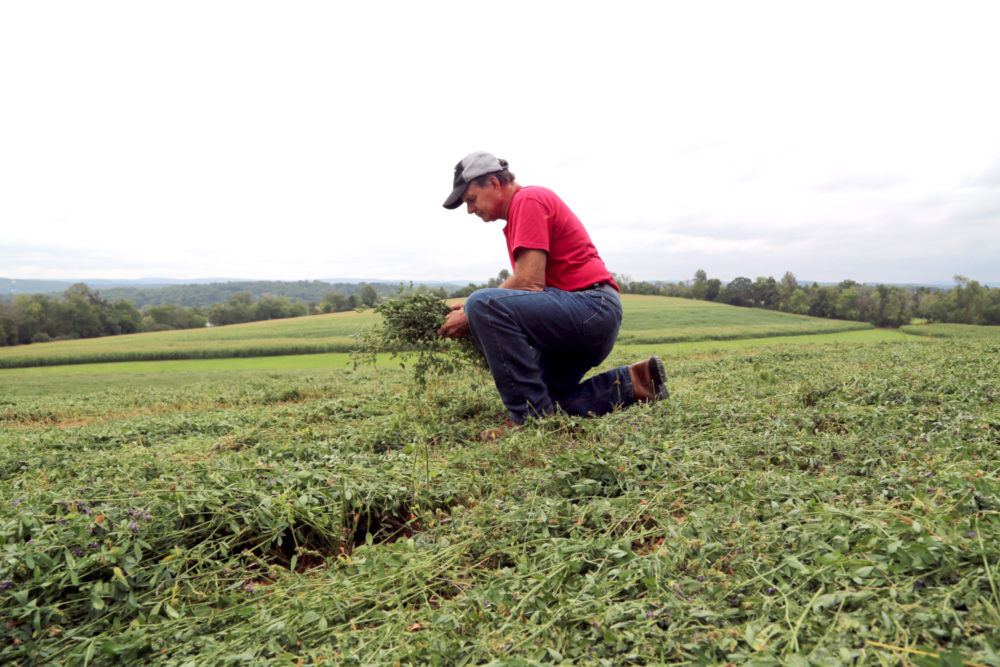
First, the corn market: lower prices have made corn grain, stover and silage an attractive feed option. Watch local corn supply levels for any direction in the alfalfa market. “Lower corn prices have at least helped somewhat with the tough financial times U.S. dairies and other livestock enterprises are facing,” Garcia said. “It seems that during 2018 higher hay prices, resulting from reduced stocks, could open the door for hamper some of these feed cost savings that lower-priced corn to be used as a feed cost saving measure brought to for livestock producers in the recent past.
“If the commitment of the U.S. government to allow year-round sales (including the summer) of 15 percent ethanol blends (E15) is confirmed, then feed coproduct prices may become increasingly attractive.”
Changes to federal farm policy governing domestic ethanol sales will also affect the alfalfa and hay marketplace in parts of the country, like much of the Corn Belt, where ethanol coproducts are another feedstock option.
“If the commitment of the U.S. government to allow year-round sales (including the summer) of 15 percent ethanol blends (E15) is confirmed, then feed coproduct prices may become increasingly attractive,” Garcia said. “Farms that rely heavily on hay for either growing heifers or lactating cows, may want to lock prices. Similarly, the use of agricultural byproducts (and particularly corn coproducts because of their current competitive price) seem to be an economical alternative. Advantages of this approach will be to strategically stretch hay supplies for the 2018-2019 winter season.”
Watch your local market influences – carryover and lower prices feed options but like Hoyt points out, keep an eye on national storylines of the lingering trade disputes and dairy sector’s health for guidance on specific hay marketing opportunities in your area.

